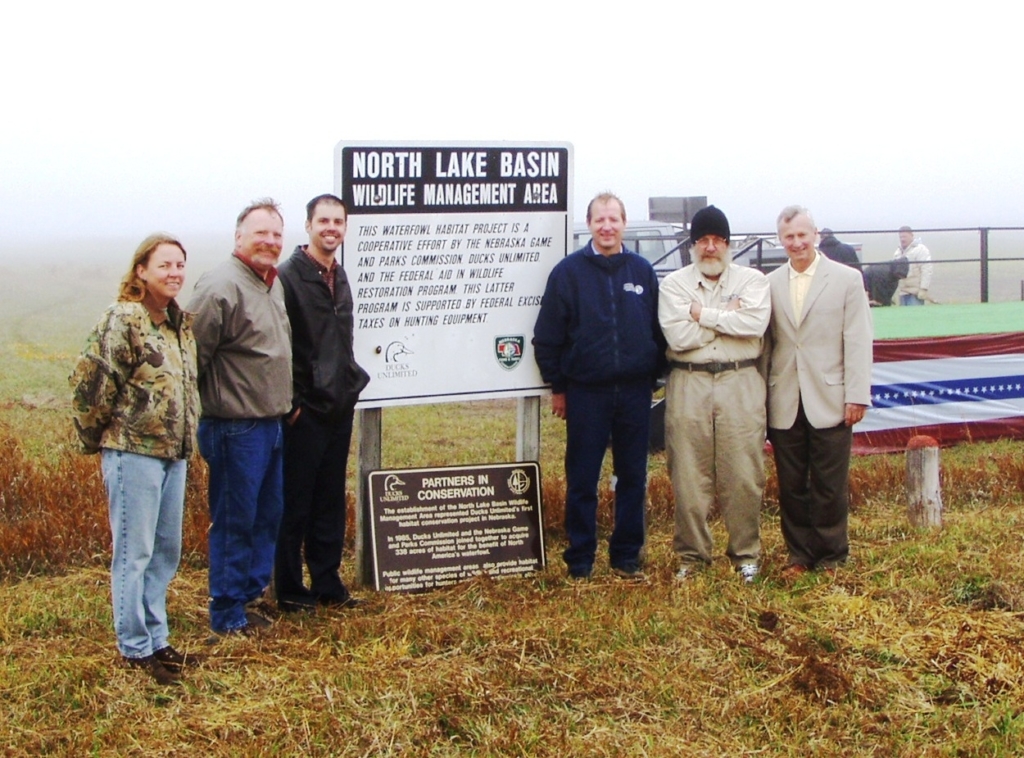North Lake Basin & Whitefront Wildlife Management Areas Project Update
North Lake Basin & Whitefront Wildlife Management Areas Project Updates
The Nebraska Game and Parks Commission (NGPC) is pleased to provide an update (one long overdue) on two of the latest wetland restoration projects on our Wildlife Management Areas (WMA) within the Rainwater Basin:
North Lake Basin Wildlife Management Area is comprised of approximately 364 acres and is located ½ mile north of Utica, NE in Seward County. This WMA is a part of the larger surrounding wetland basin, which includes the adjacent private properties. The main goals for this latest project were to enhance the basin by creating more shallow water habitat (both spatially and temporally) within the wetland and provide material to make necessary repairs to a berm on site. The enhancement plan included the removal of accumulated sediment from two separate areas within the basin totaling approximately 10 acres as well as the conversion of an existing well on the WMA to 3-phase electric. Any sediment that was removed and not needed for the berm repair is stockpiled on the area and could serve as fill material for future private land irrigation pit fill projects within the immediate area. The electric well will allow the area manager to reliably pump water into the newly enhanced basin during dry periods and maximize both wetland functions and habitat availability. This project was made possible with assistance from the Rainwater Basin Joint Venture, Ducks Unlimited (via a North American Wetlands Conservation Act Grant), and TC Energy.

Whitefront Wildlife Management Area is comprised of approximately 262 acres and is located 2 miles west and 2 miles north of Clay Center in Clay County. The most recently completed project was finished in December 2020. This final restoration project was completed on a 40 acre “roundout” tract to the WMA, which had been acquired via a land trade. In conjunction with the Rainwater Basin Joint Venture and Ducks Unlimited, NGPC initiated a project to fill the last remaining water concentration pit in the wetland on the WMA, remove a second berm, remove sediment and trees, and re-route the north buried pipeline to make water delivery more efficient. Runoff and groundwater pumped into the wetland is now able to spread throughout the area more effectively, providing additional high-quality habitat for migratory waterbirds. A fence was also installed around the new tract boundary of the WMA to expand the areas grazing capabilities for vegetation management.

















